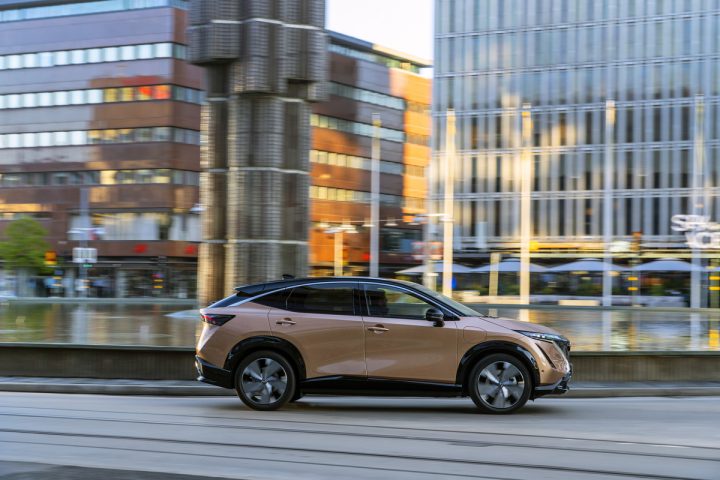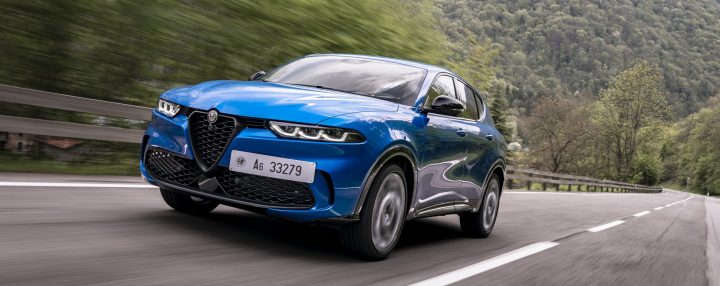Alfa Romeo has overstated the driving safety systems in its new Tonale model, say experts.
The latest set of Assisted Driving gradings have been released by Euro NCAP, based on assessments of three new vehicles, the Alfa Romeo Tonale (‘moderate’), Nissan Ariya (‘very good’) and Renault Austral (‘very good’).
Thatcham Research, the automotive risk intelligence company and Euro NCAP partner, played a prominent role in the design of the assessments, which focus on ensuring drivers are aware of their responsibilities when using an Assisted Driving system, along with encouraging the development of balanced systems that provide meaningful support while avoiding motorists becoming disengaged from the driving task.
Dominic Tough, Thatcham Research research engineer, comments on the new results, “Assisted Driving technology is an increasingly common feature on new vehicles.
“It combines Adaptive Cruise Control and Electronic Lane Keeping functions to support the driver and make motoring easier. Crucially, it does not replace the driver who retains responsibility for safety and must stay engaged.
“This is in part why the Alfa Romeo Tonale has been awarded a ‘moderate’ rating by Euro NCAP. Although the nomenclature used to describe the system itself (Active Driving Assist) accurately portrays functionality, the brand’s associated marketing materials make several references to ‘autonomous’ driving and by doing so, overstate system capability.
“References to autonomy must be treated with caution, to allay confusion regarding the driver’s legal responsibilities for safe transit.”

The Nissan Ariya (above) and Renault Austral were both awarded ‘very good’ ratings in the assessments.
Tough continues, “The Nissan Ariya and Renault Austral’s ‘very good’ Assisted Driving ratings are a product of excellent safety back-up functions, combined with well-balanced levels of driver engagement and driving assistance.
“Both brands communicate the limitations of system capability effectively, leaving no doubt that this is Assisted Driving technology that supports – but does not replace – an attentive and engaged driver.”


